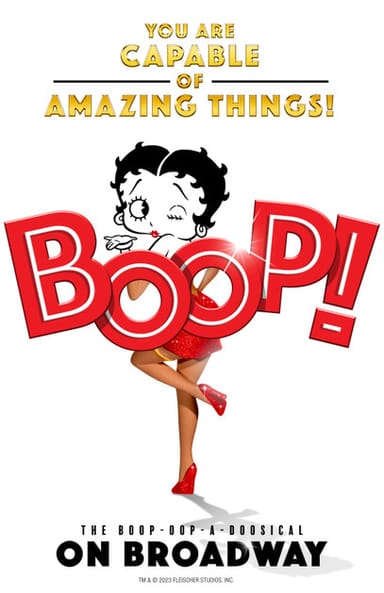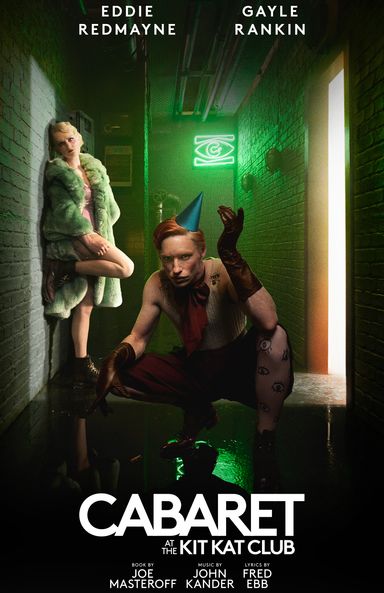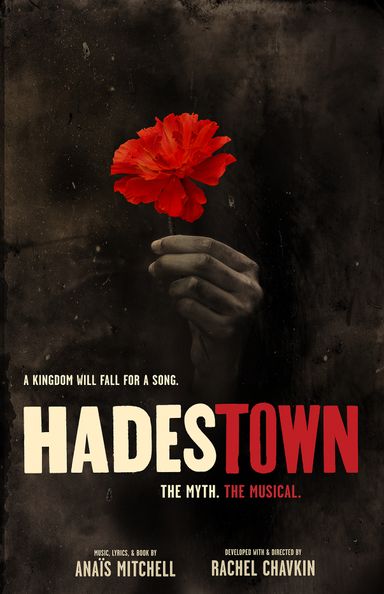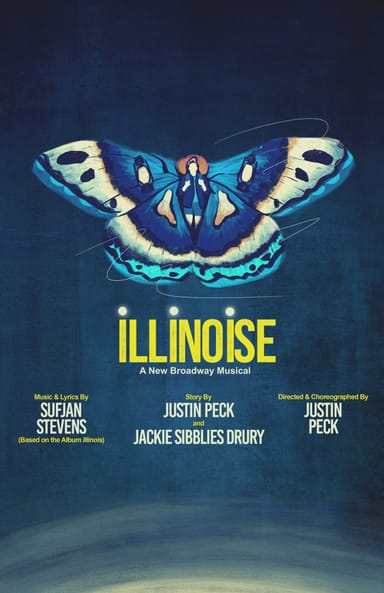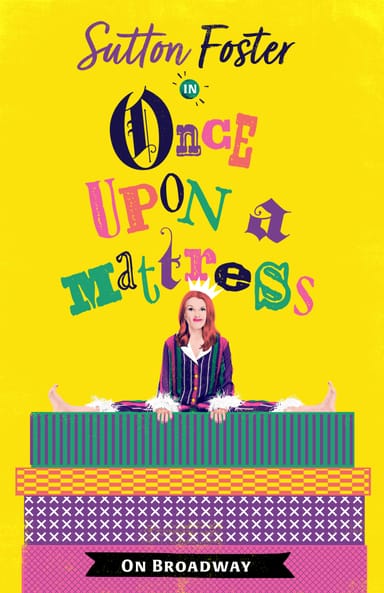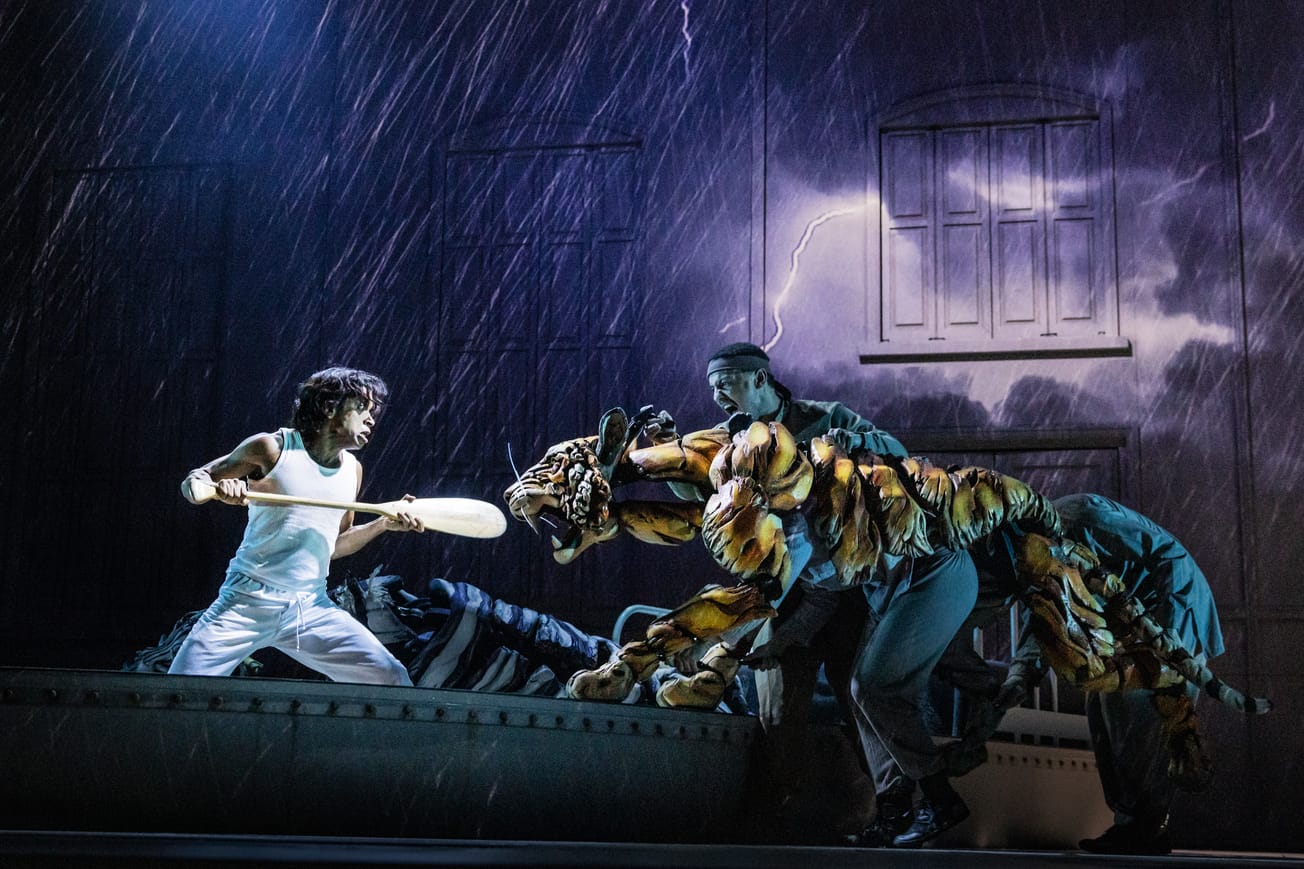A tiger pads along the edge of a dinghy, releasing a gravelly breath with each step. A zebra trots in a circle, whipping its mane. A hyena stalks in its cage, snarling through its snout. All of these animals appear onstage in “Life of Pi,” though you won’t find anything quite like them in a zoo. The creatures are lifelike puppets maneuvered by human performers. But if these actors do their jobs, you won’t notice them — even though they are in plain sight. As Jon Hoche noted, “Because we are trained to point our energy towards the puppet, hopefully the audience is also doing the same.”
Hoche is the associate puppetry and movement director for “Life of Pi” in the United States and the resident director of the full touring production, which launches on Dec. 7. He previously performed in the play’s puppeteering ensemble on Broadway and will serve as an understudy on the road. Hoche, an experienced puppeteer of two decades, has been part of multiple shows that rely on puppetry: as a bloodthirsty plant in “Little Shop of Horrors,” as the voice and one controller of the gigantic ape in Broadway’s “King Kong” and as a military stallion on the national tour of “War Horse.” Even with all that experience, Hoche called “Life of Pi” a “special show,” saying, “even though there have been large-scale puppet shows before, I don’t think there’s been one quite like this.”

The distinction, for Hoche, is the story and its setting. “It’s a beautiful show about questioning reality, faith and self-preservation,” Hoche said. The protagonist, Pi, survives a shipwreck, only to be trapped in the middle of the ocean on a lifeboat with zoo animals that had been on the vessel for transport. As Pi recounts his days at sea for the people who eventually rescued him, Pi’s memories flood the stage. It’s fitting that puppetry, where humans seem to be animals, shapes so much of this story about reconstructing memory.
But with this unique staging, content matches form in more than one way. Given that the show centers on a shipwreck, Hoche said, “If you look closely at all the puppets in our show, they actually look like driftwood and found objects that are on the ocean.” Puppet designers Finn Caldwell and Nick Barnes used a material known as Plastazote, similar to packing foam, for the bodies of the puppets that actors wear and maneuver as these animal characters. But as Hoche highlighted, “They’re all hand-carved. Every puppet in every production of ‘Life of Pi,’ from Broadway to [London’s] West End, to all the touring companies we have now, none of them are 100 percent identical.”




